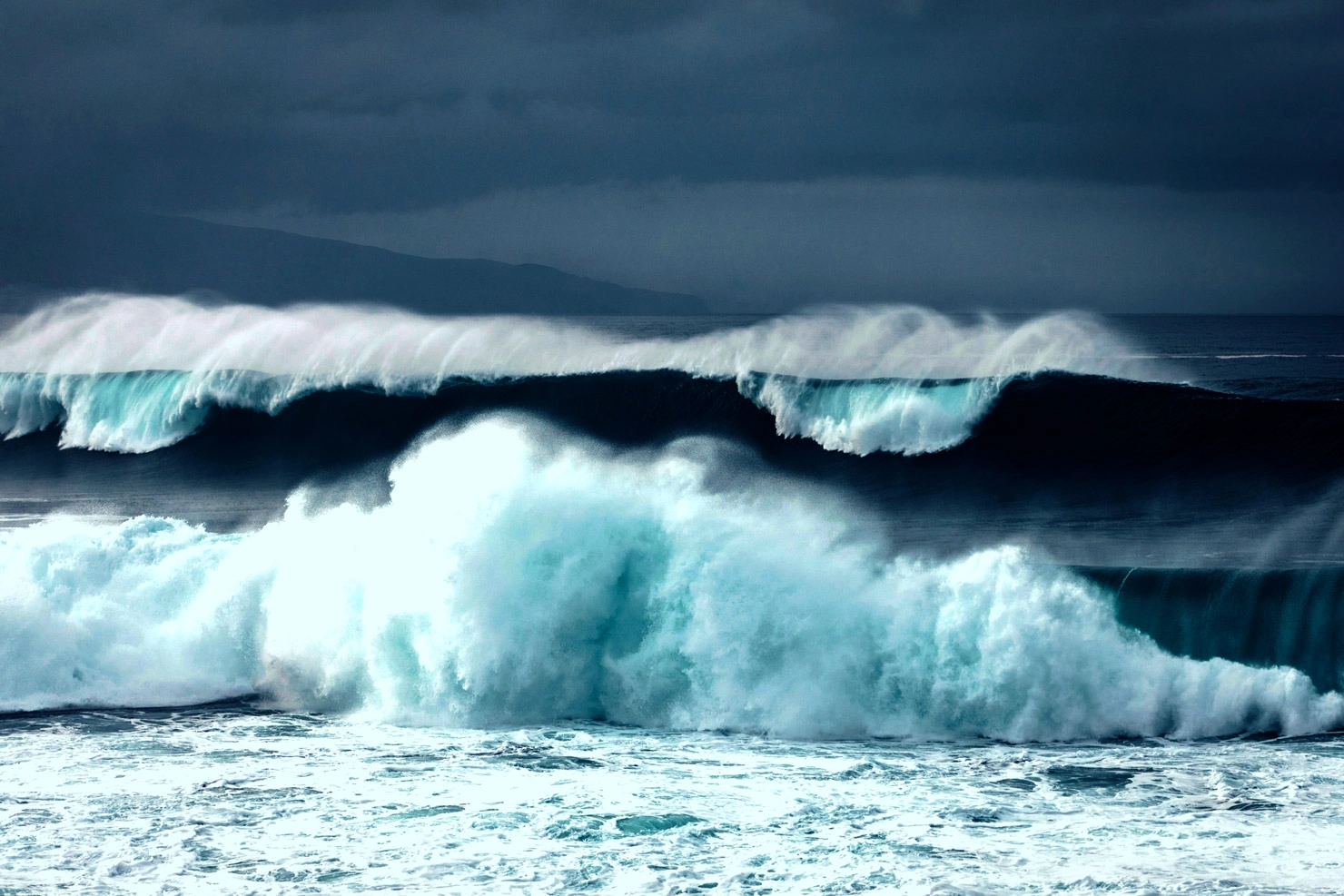Madeira’s Mild Climate Plays a Key Role
Although Madeira is a small island hundreds of kilometers from the mainland and has a tropical climate, tornadoes are very rare. The surrounding ocean strongly influences its weather:
Temperatures stay mild and don’t change much.
Humidity is high all year.
These stable conditions stop big storms from forming.
Meteorologists say this calm weather prevents the sharp temperature differences that drive severe thunderstorms, which are needed for tornadoes.
For Madeira Island (…) with a total area of 800 km2, there is footage of 5 tornadoes over the sea near the coast (…) There are no reports of tornado damage in land, perhaps because this is a very small mountainous island and all the coast is a cliff
Tornadoes in Portugal, an overview (from 2000-2020)
In mainland Portugal, 154 tornados were reported, 21 of them were formed over the sea and moved inland. For Azores Islands, 2 events of F1 tornado damage (speeds between 117–180 km/h) were reported.
Tornadoes in Portugal, an overview (from 2000-2020)
Tornadoes Need Special Conditions That You Rarely Find in Madeira
To form, tornadoes need a mix of three things:
Warm air near the ground
Cooler air above
Winds that change direction or speed with height
Madeira’s ocean keeps the air temperature fairly constant, so the atmosphere rarely becomes unstable enough to create tornadoes. For comparison, in places like the U.S. Midwest, the ground can heat up quickly while the air above stays cold, which helps storms grow strong.
Most Storms on Madeira Are Weak and Short-Lived
Madeira does get rain and thunderstorms, especially in the winter, late autumn and spring, but they are usually:
Small and short-lived: Most showers last minutes to a few hours, rather than days.
Shallow: The clouds rarely reach great heights compared to continental thunderstorms.
Non-rotating: Tornadoes or strong rotating storms are extremely rare, storms mostly produce rain, occasional wind gusts, or lightning.
Mountains Break Up Storms and Keep Tornadoes Away
Madeira’s mountains rise from sea level to over 1,800 meters. They affect storms in two ways:
Air rises over slopes and makes rain (called orographic lift)
Storms get disrupted before they can organize and spin
This is why tornadoes rarely form. On rare occasions, weak waterspouts can appear offshore, but these are brief and much weaker than typical tornadoes on continents.







Comments